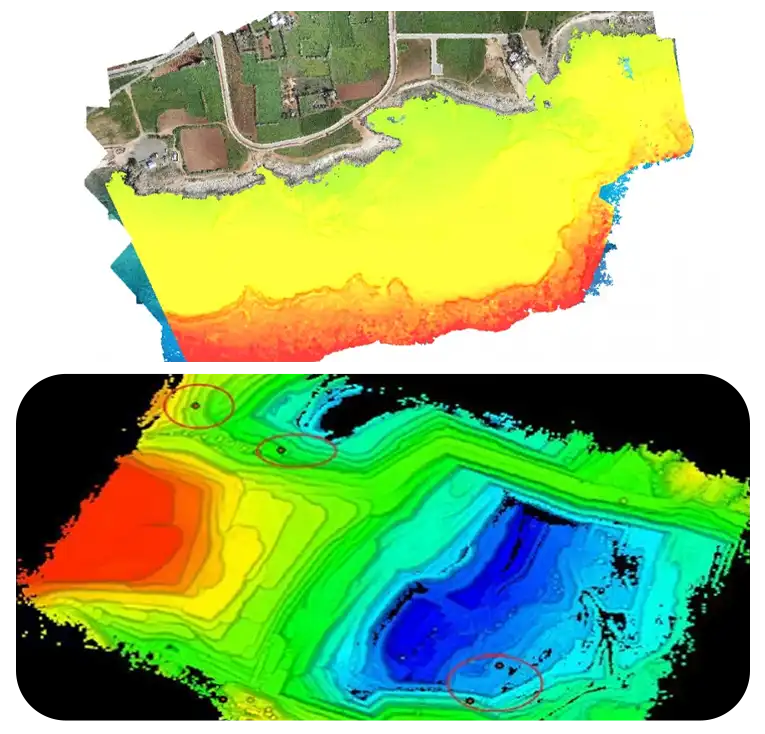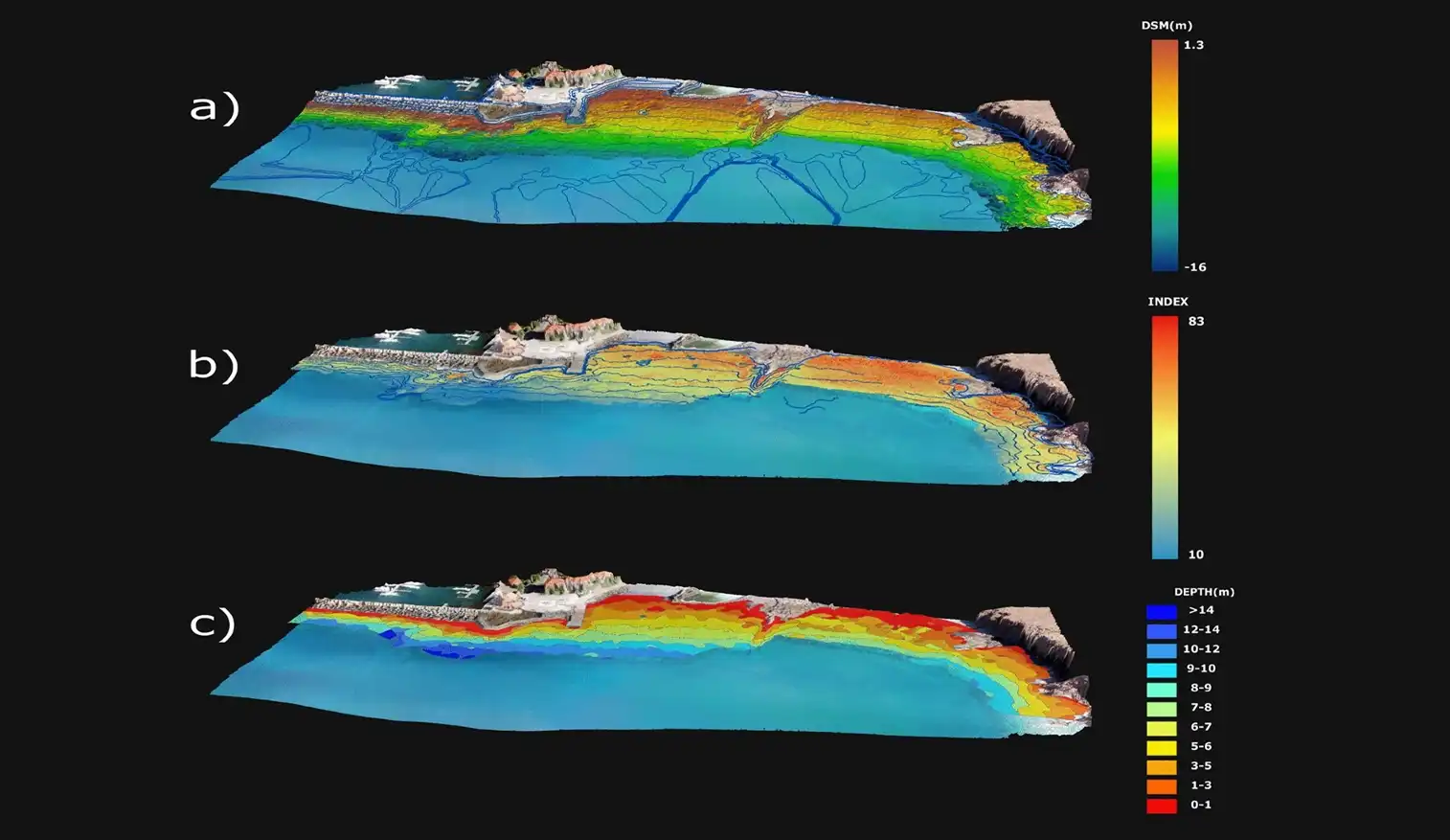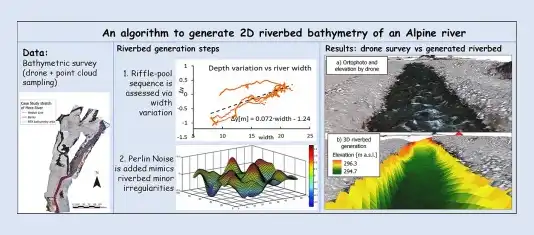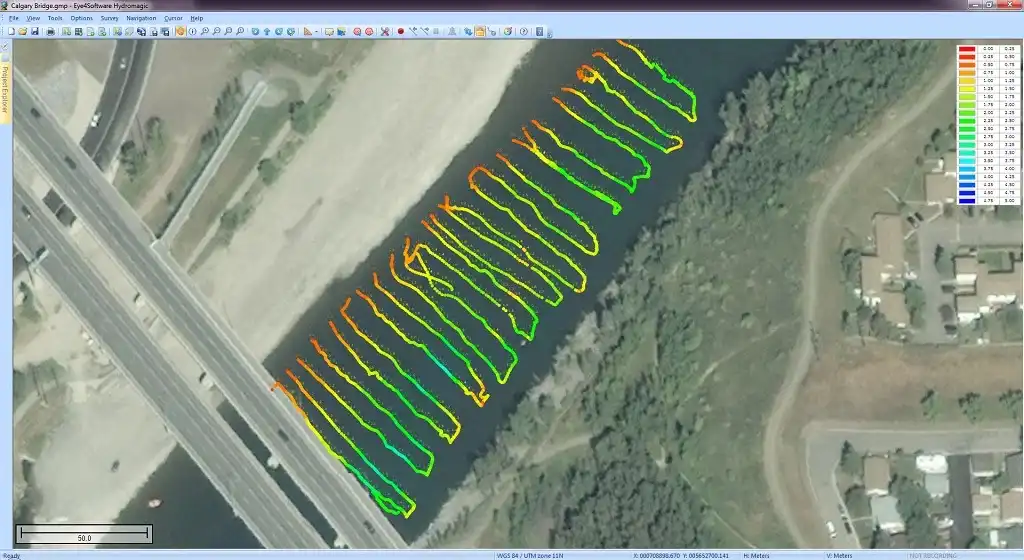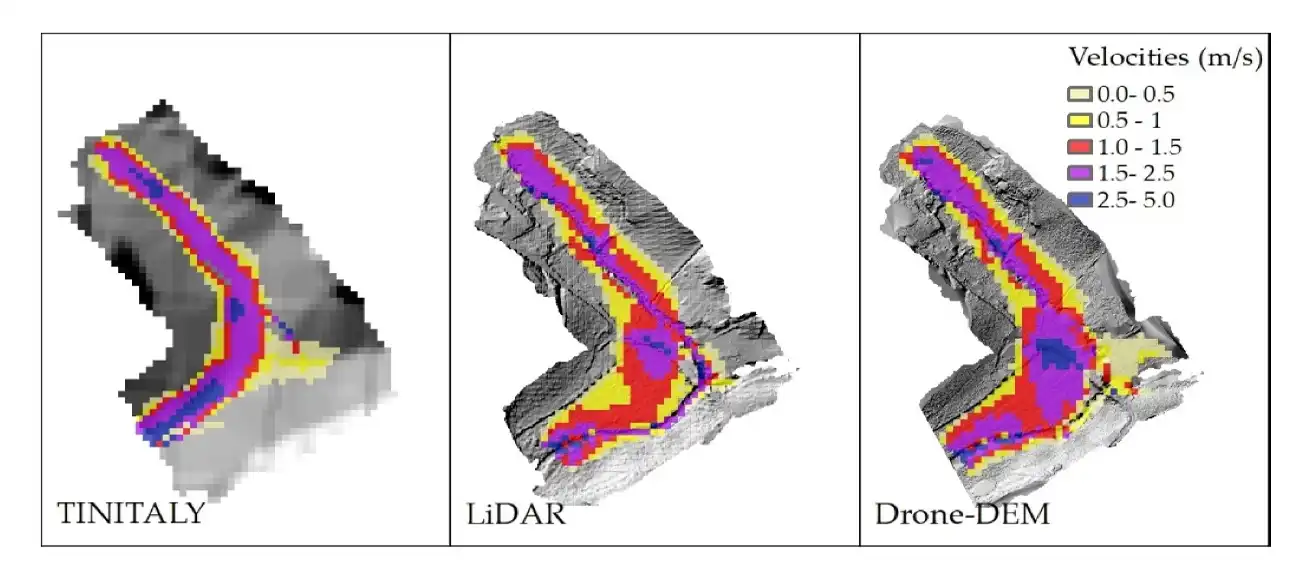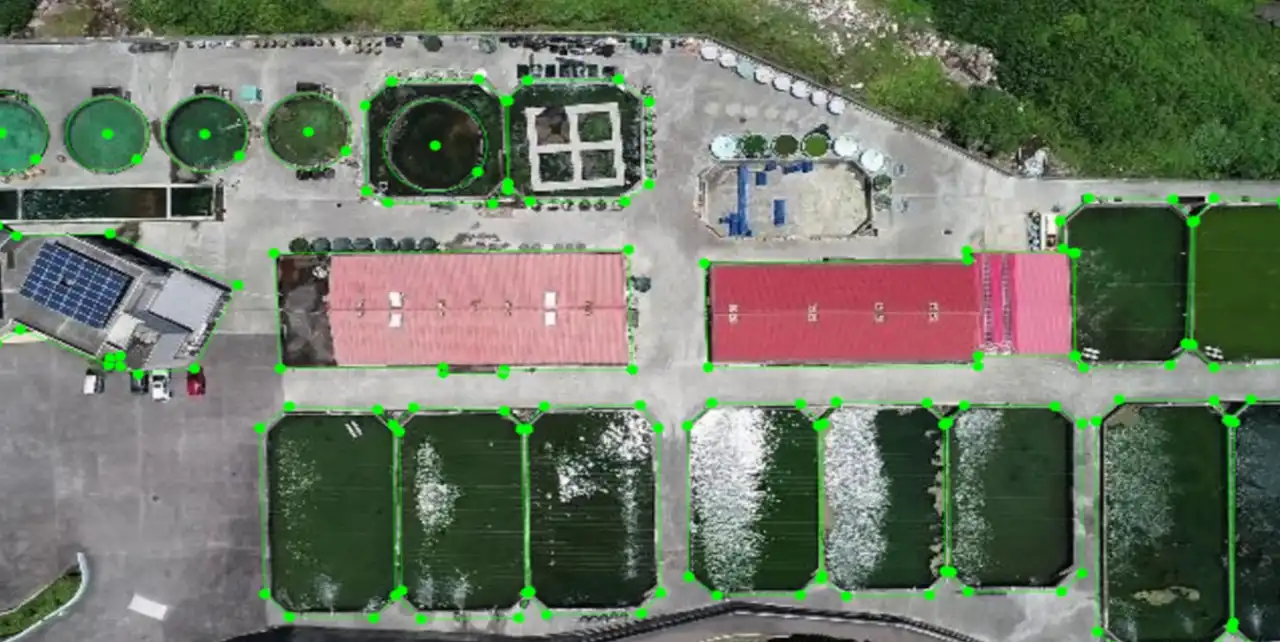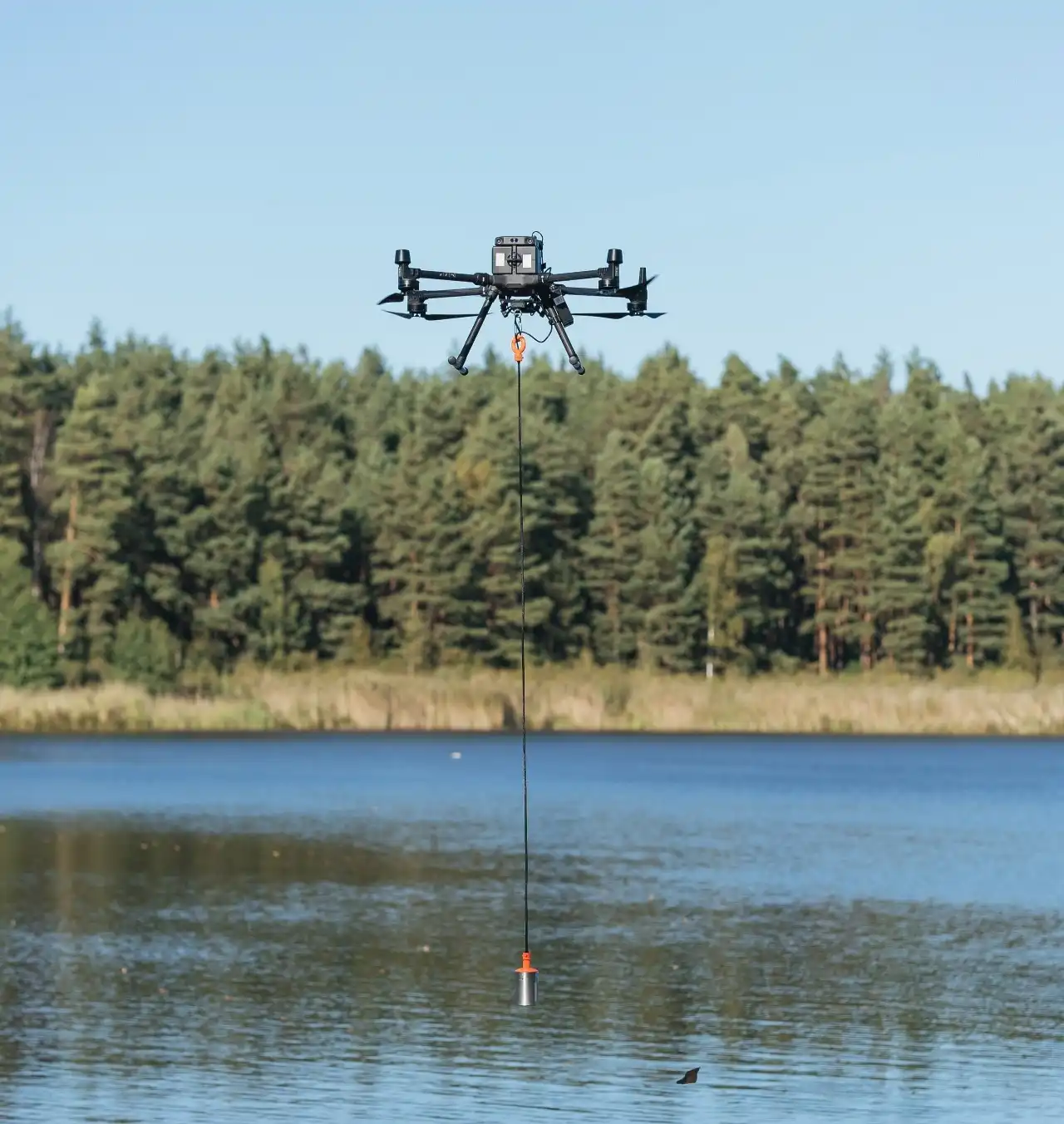
High-Resolution Mapping
Data Collection
- Sonar Technology Drones equipped with sonar sensors emit sound waves that travel through the water and bounce back after hitting the seabed, lakebed, or riverbed. The time taken for the sound waves to return is used to calculate the depth of the water at various points.
- GPS Integration High-precision GPS systems onboard the drones ensure that each depth measurement is accurately georeferenced, allowing for the creation of detailed spatial maps.
- Depth Contours The collected depth data is processed to generate depth contours, which are lines connecting points of equal depth. These contours help in understanding the variations in underwater terrain.
- Feature Identification Detailed maps can highlight specific underwater features such as trenches, ridges, and submerged objects, providing valuable information for various applications.
- Environmental Studies High-resolution maps aid in the study of aquatic habitats, helping to monitor and protect ecosystems.
- Engineering ProjectsAccurate topographical data is crucial for planning and constructing underwater structures like bridges, pipelines, and docks.
- NavigationMariners use these maps to navigate safely, avoiding underwater hazards.
- Precision and Detail High-resolution mapping provides an unparalleled level of detail, which is essential for accurate analysis and decision-making.
- Efficiency Drones can cover large areas quickly, significantly reducing the time and cost compared to traditional survey methods..
- NavigationMariners use these maps to navigate safely, avoiding underwater hazards.
